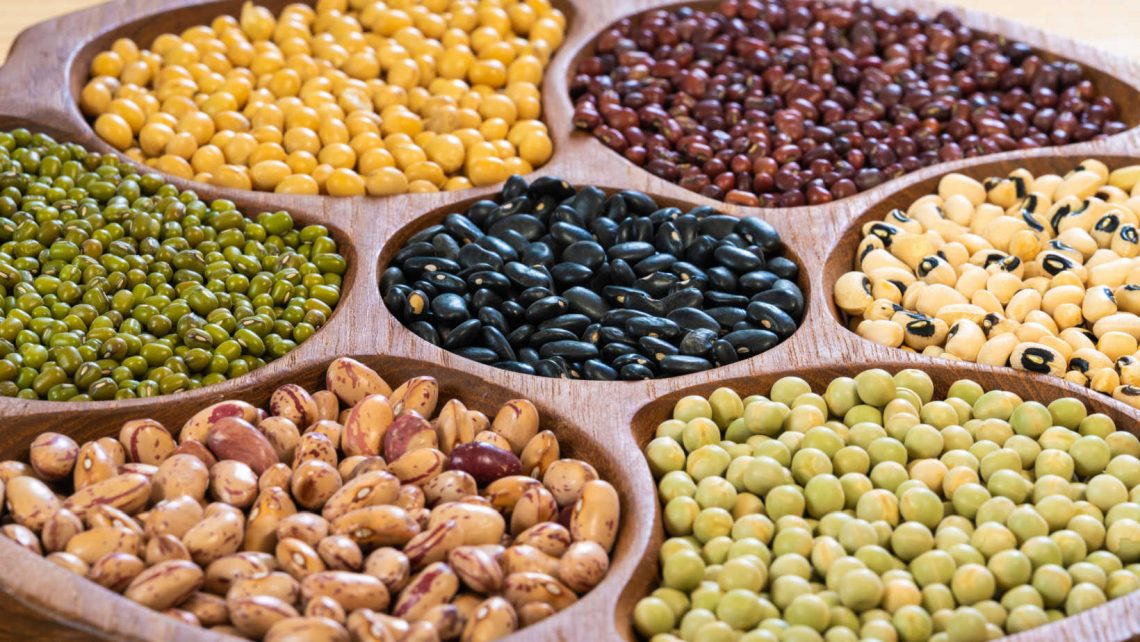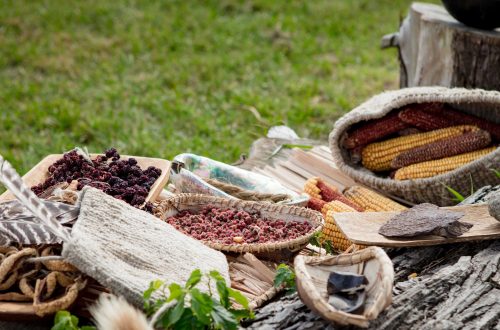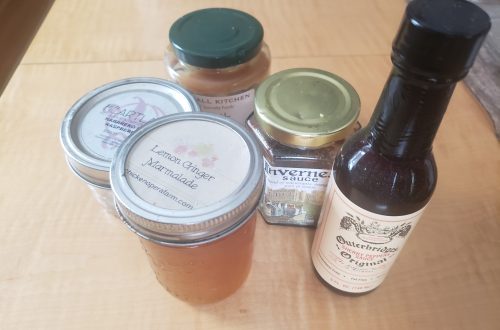
Spilling the Beans on Delicious Flavor
Dried beans seem like they should be more prominent in our meal planning, but they have a bit of Rodney Dangerfield in their perception among cooks. No respect. And part of the problem may be that it’s hard to move some of those dishes from good and adequate to absolutely delicious. A dry subject, you say? Maybe not. Let’s see if I can convince you otherwise.
After all, the bean is one of the oldest cultivated plants in the world. The broad bean – today’s fava – was first domesticated in the Himalaya foothills in what is now Afghanistan a few centuries BCE. The bean appeared in Thailand in the 7th century BCE. It was recorded in the Egyptian pyramids and found its way into the Iliad. Dried beans also originated in Peru around the same time. As a food, the modern dried bean is a storehouse of low-fat, low-calorie proteins (three times the protein of wheat) as well as a great source of fiber and the B vitamin folate. They contain stores of iron, magnesium, potassium, and zinc.
To maximize the ability to make those beans delicious, here are a few tips from Rancho Gordo, a Napa, CA–based purveyor of heirloom beans. With a little extra work and attention, you can surprise yourself with a delicious result.
The key is to bring the beans to a full boil for about 10 to 15 minutes, then simmer them for an hour or two until they’re soft. Another important element is to pay attention to seasoning and aromatics.
First, you need to prep those dry beans (assume that a cup of dry beans will yield about three cups of cooked beans) by rinsing them in water and removing any foreign materials. Soaking them for a few hours, at least, can speed up the cooking process by about 20 to 25%. Then rinse them.
Now the trick is to add flavorings. Before cooking the beans, sauté your aromatics in a large saucepan. Onions? Celery? Garlic? Carrots? Peppers? How about mushrooms? Leeks? Ginger or lemongrass? Whatever you select, cook down those aromatics into a base until they’re no longer crunchy. Then add your beans and, if you wish, a ham hock or two. If you’re using bacon, you probably want to cook it with the aromatics. Cover the beans with at least an inch of chicken broth and bring it to a good, hard boil for 10-15 minutes. (Rancho Gordo says this is key.) Then turn down the heat and let the pot simmer, partially covered, for a couple of hours. You’re looking for an occasional simmering bubble.
Toward the end of the cooking when the beans are softened and the aroma is heady, that’s the time to add salt and any additional flavorings – tomatoes or other acids like lime juice or vinegar. Tomato paste can be your friend. Continue to check the salt, as the beans are slow to absorb it. And if during the cooking, the liquid level is low, add sufficient hot liquid. (You don’t want to lower the heat and interrupt the simmer.) They’re now ready for everything and can be stored in the fridge for up to five days, or you could freeze the extra for later use.
Now you can think of everything from Navy bean soup to calico beans. But why not branch out further? How about piyaz, a meze from Turkey, or margat fasoulya, a dish of white beans and lamb from Iraq? Or you could make the national dish of Macedonia, tavce gravce, or, from Haiti, tchaka, a dish of corn, red beans, and salted and smoked pork.
If this appeals to you, you could go beyond the varieties usually available in the supermarket. Rancho Gordo has a huge mail-order business, as does Camellia, a Louisiana company. Both offer a host of recipes on their websites.
How about you? This is the time of year to settle back and simmer a delicious meal, right? Or you don’t know beans.
To comment, please click on “Read in Browser” or on the headline to view the blog on the website. You can log in and comment at the end of the blog to share your thoughts and start a discussion.
If you’d like to share the blog, click on the Facebook icon or one of the others. Thanks!




